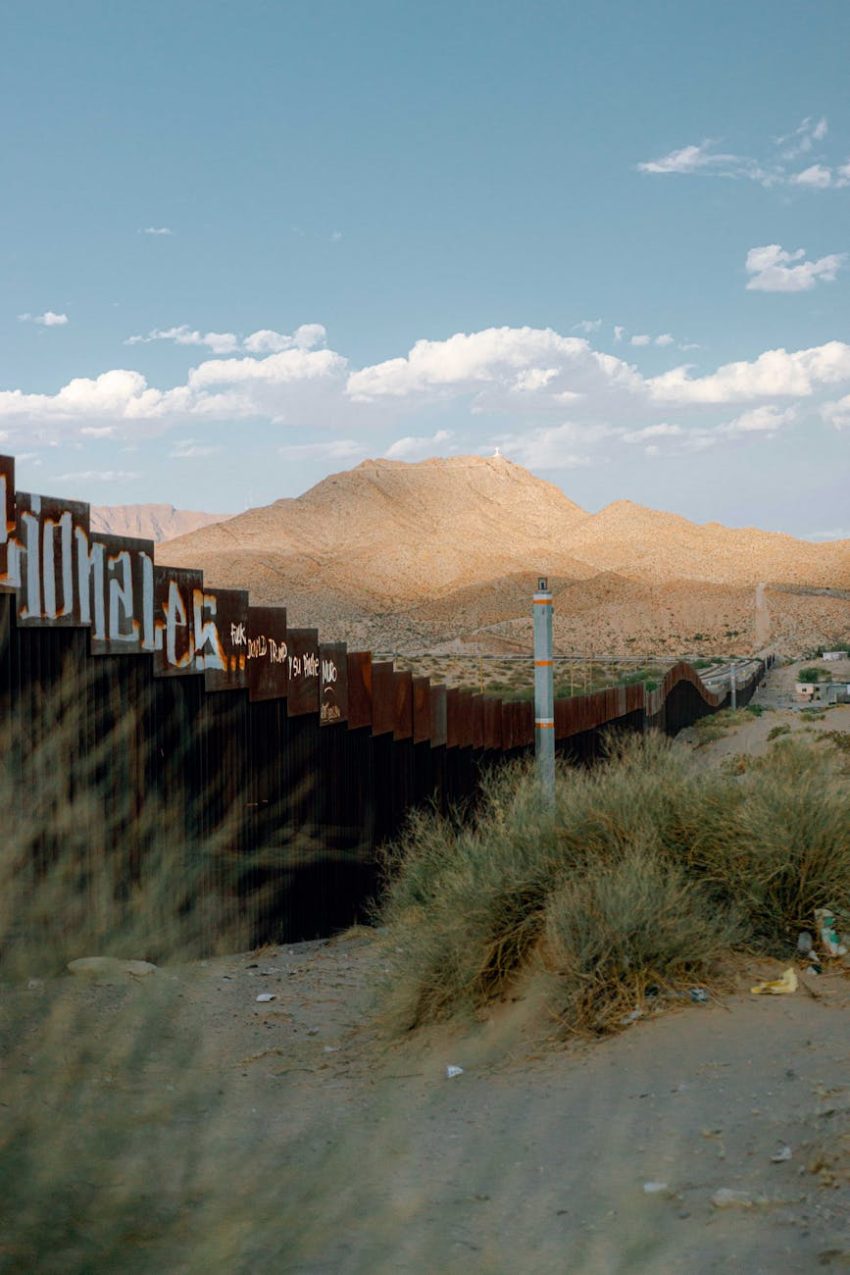As the conversation around immigration intensifies, understanding the dynamics at play is crucial for informed discourse. This blog post delves into the complex landscape of migration trends, focusing on the demographics of individuals arriving at the Southern Border. By examining the multifaceted reasons behind this influx, we shed light on the motivations that drive people to seek new beginnings. Furthermore, we explore the impacts of border crossings on local communities, showcasing how these changes reverberate beyond mere statistics. Join us as we unravel the realities behind one of the most pressing issues of our time.
Demographics of Individuals at the Southern Border
The Southern Border of the United States serves as a melting pot of diverse demographics, showcasing a complex tapestry of individuals driven by varying factors. A significant portion of the individuals attempting to cross this border are from Latin American countries, particularly Mexico, Central America, and, more recently, South America. The migration patterns are telling; for instance, nations like Honduras, Guatemala, and El Salvador have seen steep increases in their populace seeking asylum or better livelihoods in the U.S.
Age and Gender Distribution also play crucial roles in understanding these demographics. Reports indicate that a notable percentage of those crossing the Southern Border are families, often comprising women and children. In recent years, the percentage of unaccompanied minors has surged, raising concerns and calls for humanitarian responses. The reasons cited for such movements vary widely—from fleeing violence and political instability to seeking economic opportunities or reuniting with family members already settled in the United States.
Understanding the socioeconomic background of these individuals is vital as well. Many migrants arrive with limited financial resources, exacerbating their challenges during the journey. Often, they come from rural areas with few educational prospects. Additionally, an analysis of educational levels reveals that many migrants hold only a basic education, while others may have professional qualifications but struggle in their home countries due to lack of opportunities.
The demographic profile of those at the Southern Border underscores an urgent need for comprehensive immigration reform, addressing their immediate humanitarian needs while also considering long-term integration strategies. This evolving situation continues to reflect broader global migration trends, wherein individuals adapt to changing circumstances in pursuit of a better future.

Reasons Behind Migration to the Southern Border
The motivations for individuals embarking on a journey to cross the Southern Border are multifaceted and deeply rooted in various socio-economic, political, and environmental factors. Understanding these reasons is crucial to gaining a comprehensive perspective on the ongoing migration trends.
Economic Hardship stands out as a primary driver. Many migrants hail from countries where opportunities for stable employment are scarce. Rampant poverty, coupled with limited access to quality education and healthcare, forces individuals and families to seek better prospects in the United States. As they strive for a better life, they often endure perilous conditions in hopes of securing jobs that can provide financial stability.
Violence and Conflict also play a critical role in this migration phenomenon. Regions plagued by gang violence, domestic abuse, and civil unrest compel individuals to flee their homes. For many, the Southern Border represents a beacon of safety where they can escape from danger and rebuild their lives away from the chaos. Whether it’s a threat from narcotics cartels in Central America or ongoing political turmoil, the search for security pushes these individuals toward the U.S.
Additionally, family reunification serves as a compelling reason for many migrants. A significant portion of those crossing the border is motivated by the desire to reunite with family members who have already settled in the United States. This emotional impetus often outweighs the fears associated with the journey, as families seek to stabilize their lives together.
Lastly, climate change has emerged as a growing concern in recent years. Increasingly erratic weather patterns, droughts, and natural disasters have devastated agricultural communities, driving people from their rural homelands. The resulting need for both survival and sustainable livelihoods further propels individuals toward the hope that they may find solace and opportunity across the Southern Border.
The complexity of these reasons illustrates not only the individual struggles faced by migrants but also the broader implications for both their home countries and the communities they aim to join. Understanding these intricacies can foster more informed discussions about immigration and policies that address the root causes of this significant movement.
Impacts of Border Crossing on Local Communities
The implications of border crossing at the Southern Border extend far beyond the mere statistics of migration; they touch every aspect of life in local communities. One of the most evident impacts is economic. An influx of migrants can lead to both positive and negative economic shifts. On one hand, many undocumented immigrants take up jobs that are often difficult to fill, contributing to essential sectors like agriculture and hospitality. This supplemental labor can boost local economies and create a more dynamic workforce. However, there is also a strain on public resources. Increased demand for services such as healthcare, education, and law enforcement can overwhelm the systems in place, particularly in border towns with limited budgets.
Another significant impact is social and cultural. Communities rich in cultural diversity experience a fusion of traditions and ideas, which can enhance local life and foster a sense of inclusivity. However, this influx can also create social tensions. Long-term residents may feel threatened by rapid demographic changes, leading to misunderstandings and conflicts. Fostering dialogue and cultural exchange programs are essential strategies to mitigate these challenges and build mutual respect.
Furthermore, the perception of safety in these communities is often influenced by the circumstances surrounding border crossings. Increased migration can lead to heightened security measures, including a greater police presence, which may instill a sense of fear among locals. Conversely, it may strengthen community ties as residents band together to advocate for their rights and support one another amidst these changes.
In summary, the impacts of border crossing at the Southern Border are complex and multifaceted, necessitating thoughtful considerations and community engagement to ensure a balanced approach that privileges the welfare of all residents.
Frequently Asked Questions
What is the primary reason individuals are crossing the Southern Border?
Individuals crossing the Southern Border primarily do so in search of better economic opportunities, safety from violence, and reunification with family members already residing in the United States. Many migrants come from Central American countries, where poverty, crime, and political instability make it difficult to survive. This flow of migration is often fueled by the hope for a better quality of life and the prospect of securing stable jobs.
Who are the majority of people crossing the border?
The majority of individuals crossing the Southern Border are from Central American countries like Guatemala, Honduras, and El Salvador. These regions have been significantly affected by violence from gangs, political corruption, and natural disasters. Migrants range from families fleeing persecution to young adults seeking work, demonstrating a demographic diversity that includes women, men, and children, each with unique stories and motivations for their journey.
What measures are being taken to address the border situation?
To address the situation at the Southern Border, the U.S. government has implemented a combination of enforcement measures and humanitarian approaches. This includes increasing border patrol agents, constructing physical barriers, and enhancing surveillance technology. Concurrently, efforts are being made to address root causes in home countries, including financial aid and partnerships aimed at improving safety and economic conditions. Organizations and advocacy groups also work to provide aid to migrants, emphasizing a balanced approach to immigration.
